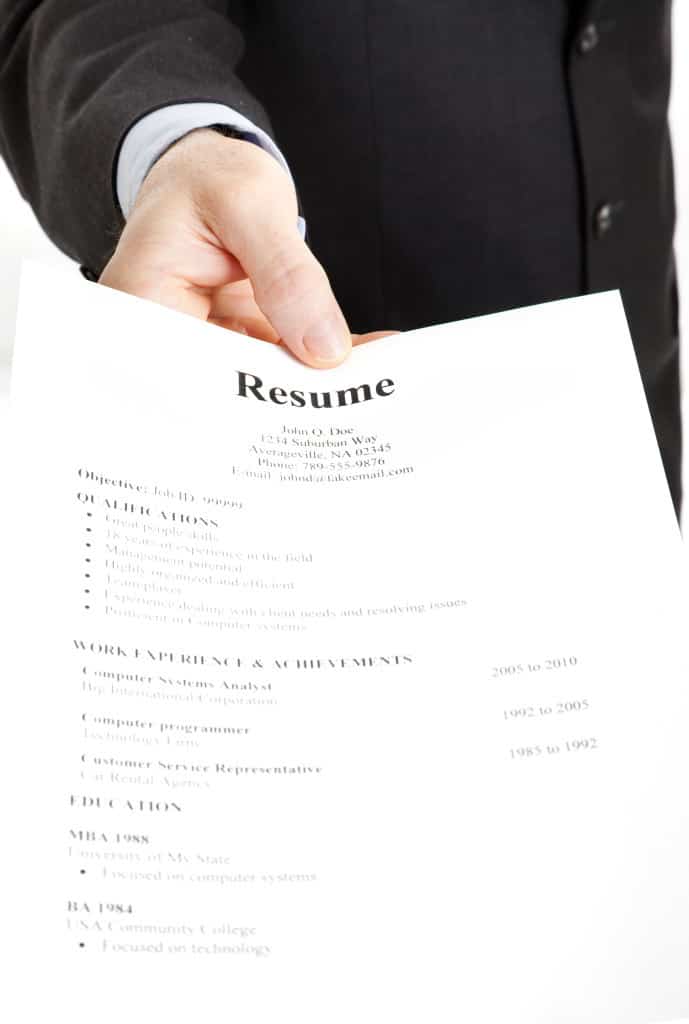
Your resume is an extremely important part of getting any job. As an EMT, you need the opportunity to list out your experience, expertise, and education to any potential employer. Your resume introduces you to the employer, so having a resume that is concise and easy to understand will make you stand out from the other applicants. Here are some tips for making sure you’ve got a strong resume:
Type in Times New Roman 12pt font
Include your full name, phone number, home address, and email address at the top of your resume. Your email should be professional with your first and/or last name – no nicknames or other words/phrases that don’t include your actual name.
Use a template – if you don’t know how to set up tabs to format a resume, find a template online to follow. Click here for an example of an EMT resume.
Be concise in your list of job duties. List the most applicable duties to the job you’re applying to first. Always start job duties with verbs (coordinated, worked, filed, managed, prepared, documented, etc.). Keep past job descriptions in past tense; use present tense for jobs at which you currently work.
Keep your resume to one page if at all possible – employers will most likely only look at the first page of your resume, so try to fit everything on there (but don’t make margins particularly small or shrink text down to below 12pt).
Include “References available upon request” at the bottom of your resume, and have the full name, title and business, phone number, and email address for each of your references. Include their preferred method of contact and make sure each of your references is aware that you are using them as a reference and what job you are applying for. You can also ask your reference for a general letter of reference, in which they can address it “To Whom It May Concern.” You can use a general letter of reference for up to two years.
Always proofread! Make sure there are no spelling or grammatical errors. The best way to do this is to have someone else read it over for you to catch anything you might have missed.
In conclusion, a well-prepared resume that is free of errors and easy-to-read immediately gives a good impression to the employer. When entering your resume data in any application form, it also very important to have it free of errors. Whenever possible, simply copy and paste information from your edited and completed resume. When you need to email your resume, save it as a PDF file and email that – sometimes it is possible for Word documents to lose formatting when emailed, so a PDF is a much better option to ensure your resume will be received in the same formatting as when you sent it.
Please check next month’s newsletter (March 2015) for tips on writing a great cover letter!


